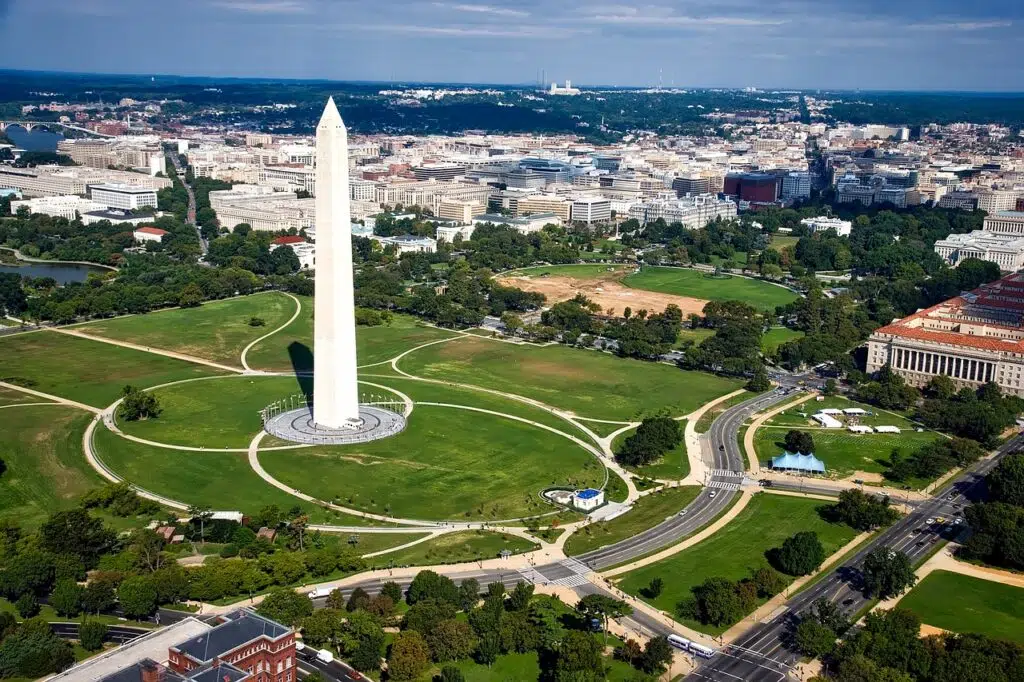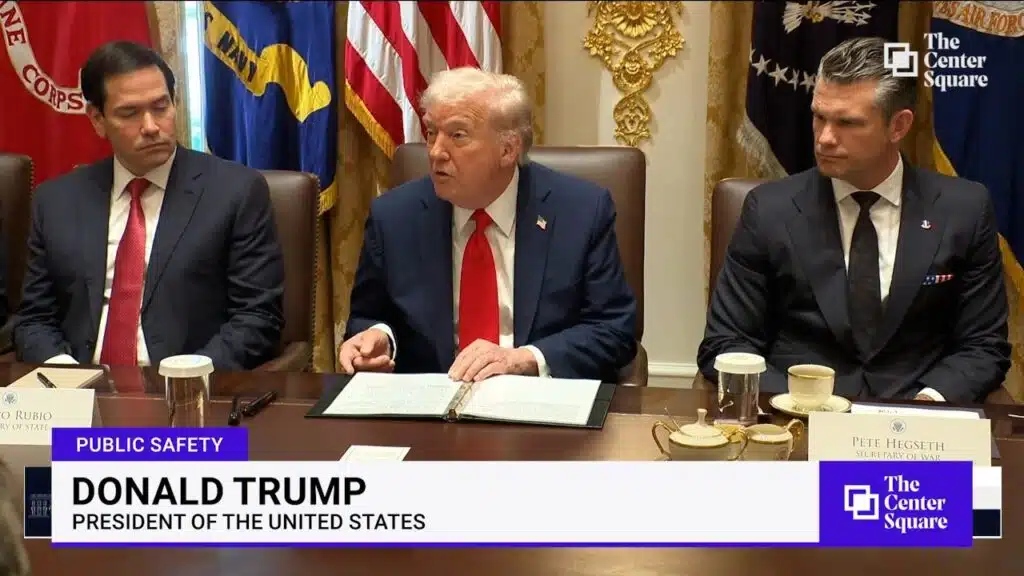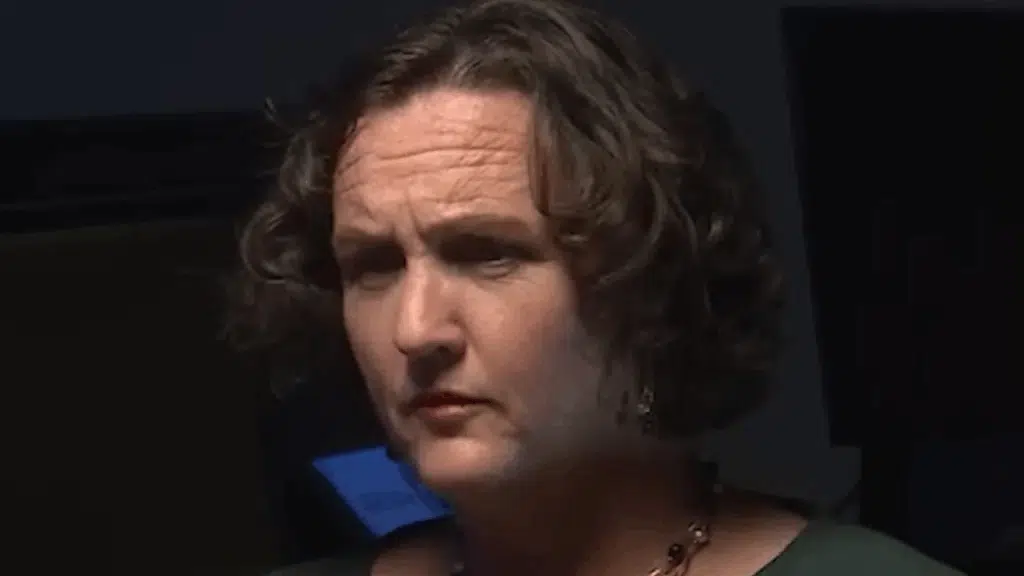
Washington Uses Tax Dollars as Patronage Fund for State Programs
“Taxes are what we pay for civilized society,” Oliver Wendell Holmes famously wrote. It turns out that civilization doesn’t come cheap. Last year, the federal government collected about $3 trillion in income taxes. This was in addition to $1.5 trillion in taxes for social insurance programs, $87 billion in excise taxes, and another $270 billion from taxing various things here and there.
So, what are we spending all that money on? Increasingly, the federal government is using your tax dollars as a patronage fund for fiscally irresponsible state programs.
The federal government used the once-in-a-century pandemic as an excuse to cover up decades of overspending by politicians at the state level. Over the last several years, we’ve also seen an enormous increase in the level of federal grants made to state and local governments. In 2017, $675 billion in federal revenue went to states and local governments. That amount ballooned to nearly $1.2 trillion last year, and another $1.1 trillion is expected this year.
Pandemic-era bailouts may have been emergency measures, but the federal government has demonstrated that it will continue siphoning federal tax dollars to states in perpetuity. About $200 billion has recently been allocated to states (with more on the way) through the American Rescue Plan. What states and local governments are doing with all that money is a bit of a black box. One thing is sure, however: Most money is fungible. This means that federal grants are being used to offset other state programs. That’s a problem because it can subsidize bad behavior by state and local governments. It is also unjust because it disconnects voters from policy choices being made by their local governments.
The large increase in federal grants to other governments was also an overcorrection from the Great Recession. In 2020, federal policymakers thought that state budgets would suffer from the economic effects of COVID more than they did. They did not anticipate the success of other programs that kept people connected to the labor market and the fact that many people moved to other states. Public policy at all levels played a major role in this interstate relocation: cheap mortgage rates encouraged by artificially deflated federal interest rates, combined with the rise of remote work and a backlash against onerous state and local public health measures. It all added up to a windfall for many state and local governments in the form of additional tax revenue.
The move to subsidize state and local governments did not occur overnight. In 2000, federal transfers were about a quarter of state general revenue. Today, federal grants account for more than 35% of state general revenue. State taxes haven’t made up the majority of state revenue since 2013.
Politicians like to deflect when they are confronted with their fiscal records. They usually point to all the popular stuff, like Medicare and Social Security, to justify the multitrillion-dollar cash haul, but no matter how many records the federal government shatters in tax collection each year, those programs are somehow perennially underfunded. The Medicare and Social Security Boards of Trustees found that Medicare will be able to pay only 89% of its hospital claims and Social Security only 77% of its benefits within the next 10 years, according to the most recent report. Those figures beat previous estimates, but the improved fiscal condition owes more to COVID deaths among the elderly than to any improvement in stewardship.
There has also been a change in the expectations for what is a reasonable amount of money to spend on the general operations of government that Congress appropriates each year – that is, discretionary spending. House Republicans reportedly want to limit discretionary spending to $1.47 trillion in fiscal year 2024. Coincidentally, this is what was spent in 2022. President Biden, however, has criticized spending limits, calling the House Republican plan “draconian” – the most overused word in Washington.
Biden’s criticism of the congressional GOP is odd. The House Republican proposal is $210 billion more than what President Obama wanted the federal government to spend on discretionary programs in fiscal year 2024. That’s right. In his final budget, President Obama projected that the government would need only $1.26 trillion in 2024. Lawmakers can quibble over what the actual spending level should be. But it hardly makes sense to call the average level of spending proposed by Presidents Obama and Biden himself “draconian.”
Despite collecting nearly $5 trillion in revenue last year, the federal government needed to borrow $1.4 trillion. Almost $500 billion was also spent on interest payments on existing debt. Over the next five years, those debt service payments are expected to grow to nearly $1 trillion. High levels of debt, higher interest rates, and growing debt service costs will increasingly crowd out other investments.
The economist Paul Krugman once described the U.S. government as an insurance plan with an army. There is some truth to that. But now we also need to include “financer of state governments” and “loan servicer” in the government’s job description. If Holmes were around today, perhaps he would have said societies, rather than society.
This article was originally published by RealClearPolitics and made available via RealClearWire.


